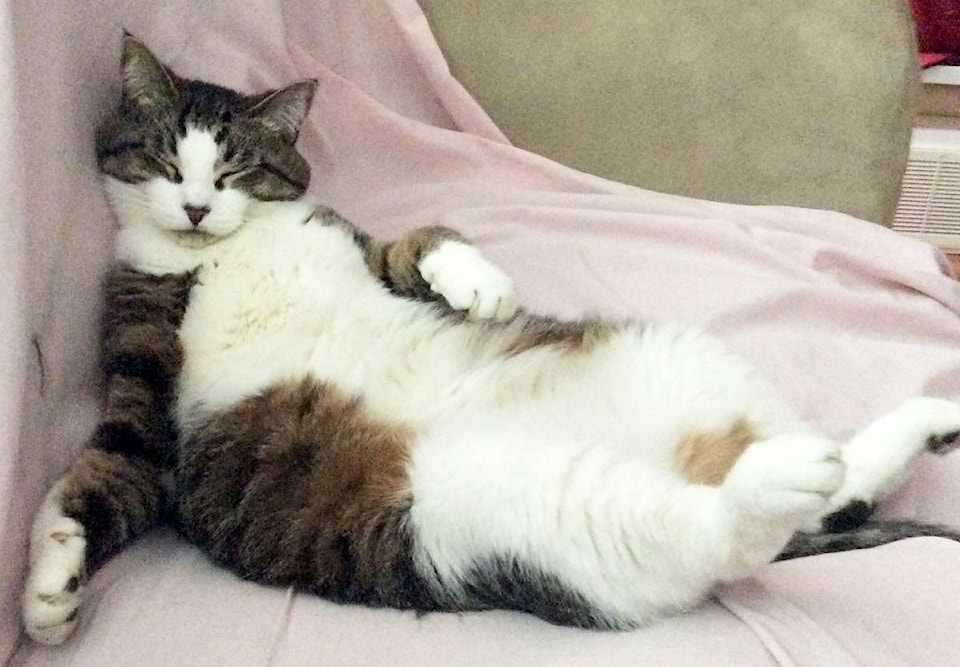If you are suffering or struggling with the warm weather, then so is your pet.
Dr. Elaine Klemmensen, from West Kootenay Animal Hospital, advises the best way to think about summer risks from heat, is to use common sense.
While there are many public advisories about dogs, there’s not much to be found about the more elusive Felidae family -otherwise known as cats.
Going into a long weekend that is forecast to hit 40 C, cat owners, like dog owners, should keep their pet indoors during peak hours.
“It is not always an option, depending on your cat’s personality and behaviour,” Dr. Elaine said. “Take precautions to avoid letting your cat out in mid-day during peak UV hours. Be sure your cat has easy access to plenty of fresh water in a variety of locations both indoors and outside … provide a few extra water bowls and consider a water fountain which some cats really enjoy and will encourage them to drink more.”
White cats are especially prone to UV damage to their skin, mostly near their ear tips, which can lead to certain types of skin cancer.
“Unfortunately, given their grooming behavior, sunscreen is not safe to use on cats,” she explained. “And cats with light skin pigmentation would be best protected by keeping them indoors.”
However, indoor cats can be at risk from heat as well.
Using fans, keeping air moving, closing the blinds and making the environment more comfortable for yourself, will also make it more comfortable for your feline friend, Dr. Elaine advised.
“For cats that go outdoors, be sure there are shady spots in your yard, access to a variety of safe water sources and the opportunity to come back indoors if your pet chooses.”
Unrestricted access to fresh water, both indoors and outside, is critical for pets, including cats.
“Try different types of containers or bowls and make sure the water is in a place where your cat will feel safe to stop and drink,” she said. “For example if the water bowl is placed next to a fence where your neighbor’s dog patrols, your cat will be reluctant to use this bowl.”
The same applies indoors.
“If the bowl is located next to a noisy dishwasher, your cat may not want to drink from it,” Dr. Elaine suggested.
“Some cats like moving water and like to drink from a dripping faucet, for example. Circulating water fountains are a great option for these cats.”
Dr. Elaine provided similar advice for dog owners - if spending long periods outdoors is uncomfortable for humans, then it is too hot for your dog.
“If you would not exercise (bike or run) because of fear of heat stroke,” she said. “Do not take your dog.”
And remember, when hiking or biking, a dog will not necessarily “pace himself” the way a person would.
“They are so happy to go for their hike, chase the squirrels and romp in the outdoors that unless they are kept on a leash, it is very likely they will be working harder than their human companion and be at risk for heat stroke.”
To help keep dogs hydrated, offer free access to fresh water from a number of easy to access sources.
“Take a collapsible water bowl or plastic container with you on hikes,” the doctor suggested. “And offer water from your water bottle or camel back every time you stop to take a drink.”
